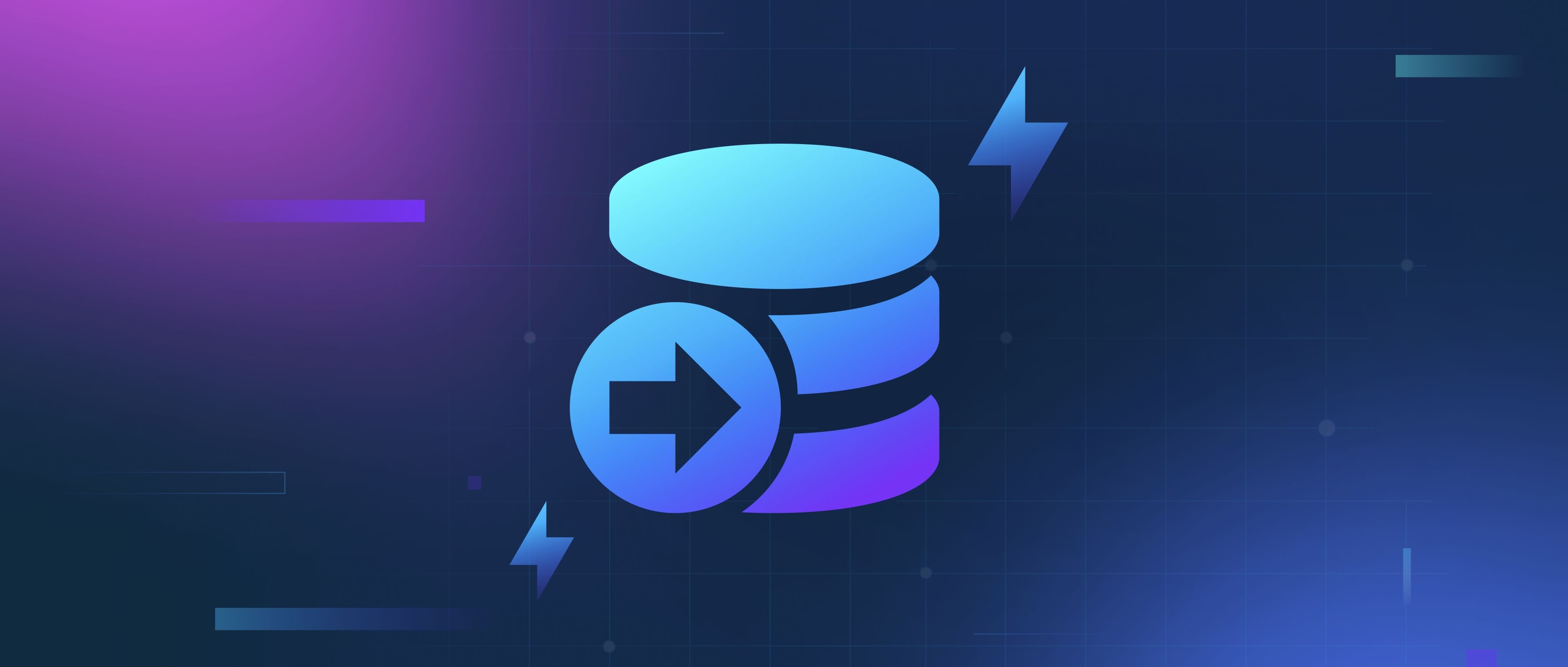The reverse process in machine learning, particularly in the context of models like diffusion models, relates to how these models are trained to generate data by gradually transforming noise into meaningful information. This process typically involves two main steps: the forward process and the reverse process. During training, the model learns how to revert a sequence of transformations that turn structured data into noise.
In the forward process, a model takes a clean data sample, like an image, and applies a series of gradual noise additions until it becomes indistinguishable from random noise. Each step of this process can be thought of as a small transformation where a small amount of noise is added based on a defined schedule. Training involves showing the model many examples of this forward process to help it understand how data can degrade into pure noise over time. As a result, the model learns the specific way noise modifies the data at each timestep.
On the other hand, the reverse process aims to reconstruct the original data from the noise. During training, the model learns to reverse the forward steps by conditioning on the noise level and identifying how to gradually reduce the noise while restoring the original signal. This is often accomplished using a neural network that predicts the original data based on noisy inputs at different levels. The model is adjusted using a loss function that measures how close the generated data is to the actual data through each step. By iterating on this approach with vast datasets, the model effectively learns how to carry out the reverse process and generate high-quality data that resembles the training samples.
